How to Clean Flour Dust After a Baking Mess: The Ultimate Guide
Baking feels joyful until you look around and realize your kitchen has turned into a white winter. If you have ever wondered how to clean flour dust after a baking mess, the answer lies in understanding the science behind it. Flour becomes sticky as soon as it touches water because gluten activates and turns soft powder into a paste.
This guide will show you the right order of cleaning so your plumbing stays safe, your sponges survive, and your kitchen looks fresh again.
The Golden Rule: Scraping and Vacuuming Before Water
Water should not touch flour at the start of cleanup. The moment moisture hits dry flour, it becomes a gummy paste that smears across your counters. It also clogs sponges and sticks to cloths.
Important Never use a wet cloth on a pile of dry flour. You will create a sticky dough that is twice as hard to clean.
Tools You Need for a Quick Dry Flour Pick Up
Speed does not matter if you are using the wrong tools. The goal is simple: keep the flour dry while removing it. If you use wet cleaning tools too early, you end up spreading paste instead of cleaning.
Here are the essentials you should keep ready:
Bench scraper for hardened bits on counters
Handheld dustpan and stiff-bristle brush for gathering piles
Vacuum or crumb sweeper. A wet and dry vacuum is ideal. See our full lineup here.
Paper towels for the first damp wipe stage
Step-by-Step: Cleaning Flour Dust from Countertops
Flour looks light and harmless, but once water touches it, cleanup becomes slow and messy. The order of steps matters more than effort. Follow this method for smooth cleaning.
Step 1. The Scrape
Use a bench scraper to push dried dough and heavy flour piles into one area. Scrape firmly but keep the flour dry so you can collect it easily.
Step 2. The Sweep
Gather the loose flour using a stiff brush. Sweep slowly to avoid sending dust into the air. Transfer the debris into a dustpan and throw it in the trash.
Step 3. The Damp Wipe
Now you can introduce a lightly damp paper towel. Gently wipe the remaining thin film of flour from the surface. This removes the fine residue that sweeping cannot collect.
Step 4. Final Sanitation
Finish with your preferred kitchen spray to clean and refresh the surface. Your counter should now be streak-free.
Cleaning Dough and Flour from Bowls and Utensils
Cold water is the secret here. Hot water cooks flour and starch. This makes it cling tightly to bowls and spoons.
Start by soaking the items in cold water for 5-10 minutes to let the flour loosen naturally. Scrub using a stiff brush that will not trap sticky residue. Rinse everything away once it softens.
Pro-tip For wooden rolling pins or boards, never soak them. Scrub quickly with cold water and dry immediately to prevent warping.
How to Clean Flour Dust Off the Floor
Cleaning flour dust off the floor presents a unique challenge: you need a powerful solution that handles both fine powder and wet, sticky residue. Traditional brooms only scatter fine flour dust into the air, worsening the problem, and they cannot reach flour stuck in hardwood floor gaps or grout lines.
A wet-dry vacuum is the most effective tool for floor flour cleanup because it performs vacuuming and mopping at the same time. It provides a safer, single-step cleaning process:
Step 1. Pre-Scrape Sticky Chunks
Before using the vacuum, use a bench scraper or spatula to lift off any large, thick chunks of dough that are stuck to the floor. Dispose of these in the trash.
Step 2. Run the Wet/Dry Vacuum
Start the machine and pass it slowly over the mess. The rolling brush scrubs the sticky dough footprints and dried residue, while the powerful suction pulls up the fine flour dust and the dirty water simultaneously.
This method is the only way to effectively clean flour from the gaps in hardwood floors and grout lines, while also preventing the dust from flying into the air and the "flour glue" effect that ruins traditional mop heads.
Step 3. Activate Hot Water Self-Cleaning
Once the floor is clean, place your vacuum back on its base and run the self-cleaning cycle. This intense heat melts any residual flour, starch, or grease left on the brush, keeping it hygienic for the next use.
The Dreame H15 Pro Heat is ideal here, providing powerful suction (up to 22,000Pa). What makes it stand out for serious kitchen spills is its advanced technology:
185℉ (85℃) Hot Water Floor Washing: When you activate the hot water mode, the machine uses high-temperature water to melt stubborn organic dirt on the floor (such as dried ketchup or sticky residue).
212℉ (100℃) Immersive Self-Wash and Self-Drying: This intense temperature cleaning melts any flour, starch, or grease residue left on the brush, keeping it fresh and hygienic for the next use.
Dreame Take A vacuum mop is a baker’s best friend. It scrubs sticky dough footprints and sucks up dry flour at the same time. This prevents the flour glue effect that ruins traditional mop heads.
The Big Baking Cleanup Mistakes
These mistakes feel natural in the moment but create bigger problems later.
Flushing down the drain: When flour mixes with water inside pipes, it becomes a thick paste that dries into a hard blockage. Always throw bulk flour into the trash, not the sink.
Using a wet sponge too early: Wet sponges trap flour and create a sticky lump that becomes difficult to wash. They can also turn into a breeding ground for bacteria.
Using the wrong vacuum: Standard carpet vacuums are not built for fine powder. Flour can clog filters and reduce suction. A wet and dry vacuum like the H15 Pro Heat is safer and more efficient.
If you often deal with kitchen spill emergencies, our oil spill cleanup guide may help.
How to Prevent the Baking Mess
Smart bakers know that preventing the mess saves time. Lay parchment paper or silicone mats on the counter before working with flour. Clean small spills as you go so they do not dry. Keep a dedicated baking station so flour stays contained in one area of the kitchen.
FAQ
Can I use a standard kitchen broom to clean up a large flour spill?
Not recommended. It spreads dust into the air. Use a vacuum or scraper first.
Why does my sponge get sticky when I try to wipe up flour?
The gluten activates when it touches moisture. Use a scraper or paper towel before introducing water.
What should I do if I have dried, stuck-on dough on my counter?
Place a warm, damp cloth over it for two minutes. Then scrape it off.
What is the best vacuum for a baker's messy kitchen?
A wet-and-dry vacuum, like the Dreame H15 Pro Heat, works best. It handles both dry flour and sticky spills without clogging filters.
Conclusion
Baking is a creative endeavor, and the post-bake cleanup should never be the source of stress. By adopting the professional techniques laid out in this guide, that thirty-minute scrubbing nightmare can truly become a simple five-minute task.
To conquer the flour dust mess forever, remember to internalize these two golden takeaways:
The Dry-First Mandate: Always treat the mess as a dry ingredient. Use a bench scraper or brush to sweep the bulk of the flour and dry dough into the trash first. If you skip this, you are guaranteed to activate the "flour glue" and ruin your sponges.
The Cold Water Rule: For washing bowls and utensils, only use cold water initially. This keeps the gluten dormant, allowing you to easily rinse away the residue before introducing soap and warm water for the final wash.
When you combine these streamlined, science-backed steps with the right cleaning arsenal, efficiency skyrockets, using tools designed to handle both fine dry dust and sticky liquid spills—like your trusted bench scraper and a powerful wet-dry solution such as the Dreame H15 Pro Heat, you ensure that your counters and floors are flawlessly clean and ready for your next culinary adventure.
Stop dreading the white powder and start enjoying the sweet results. Your kitchen is now sanitized, streak-free, and prepared for round two!














































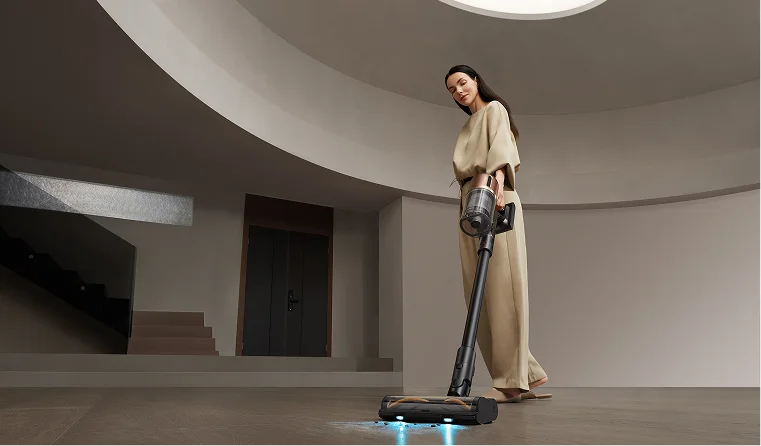
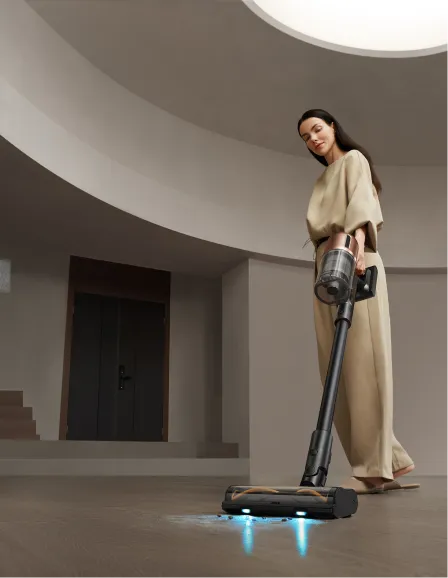
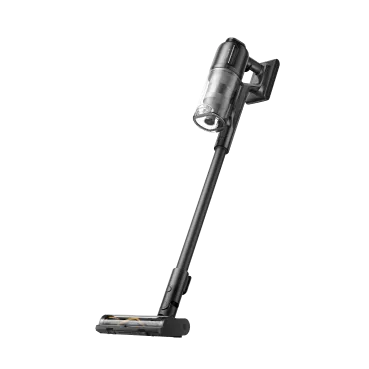
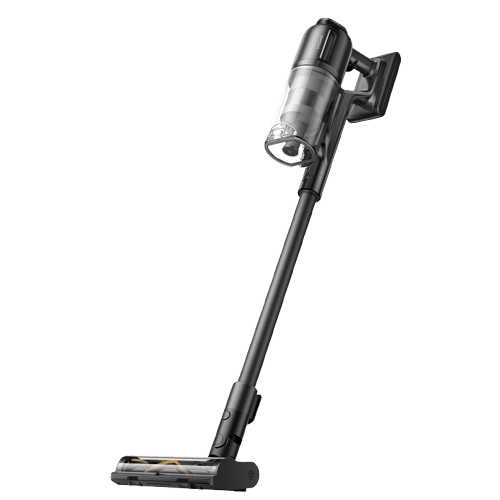
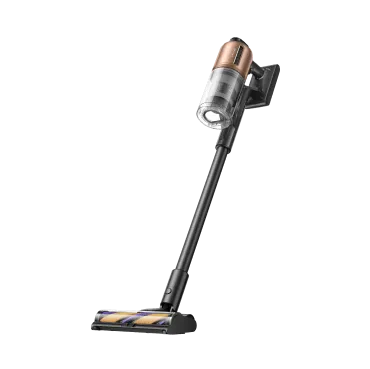
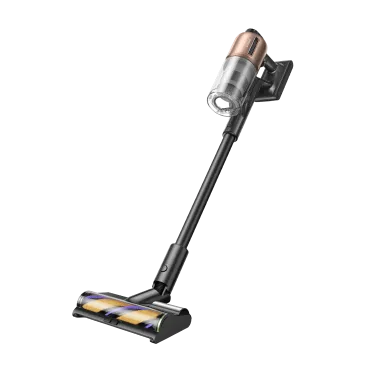
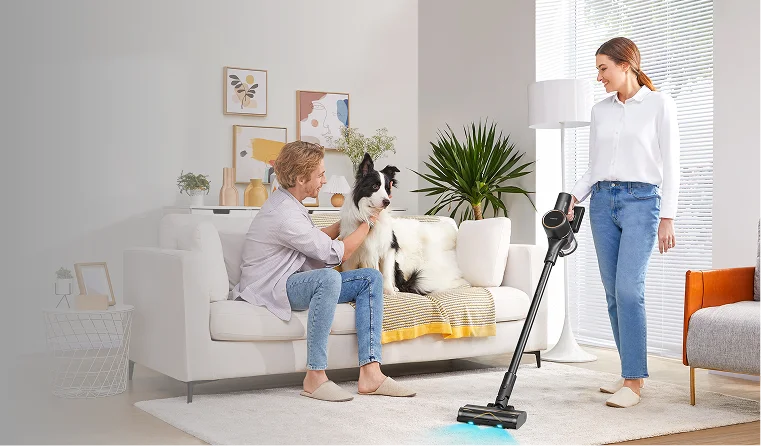
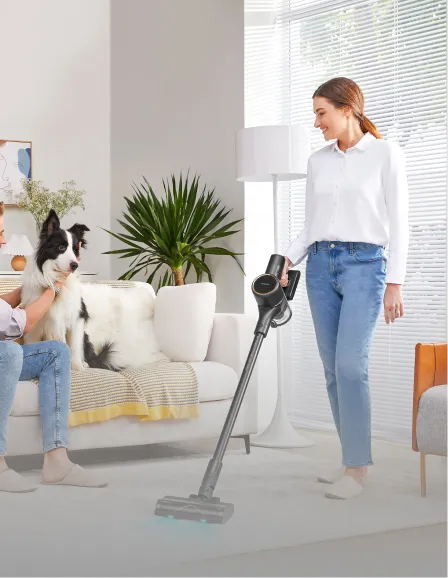
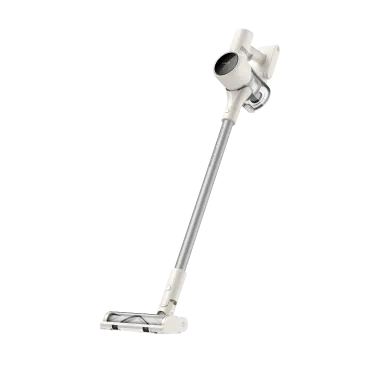
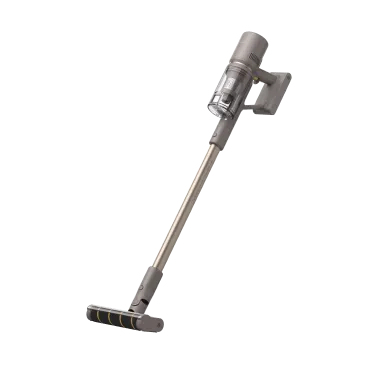
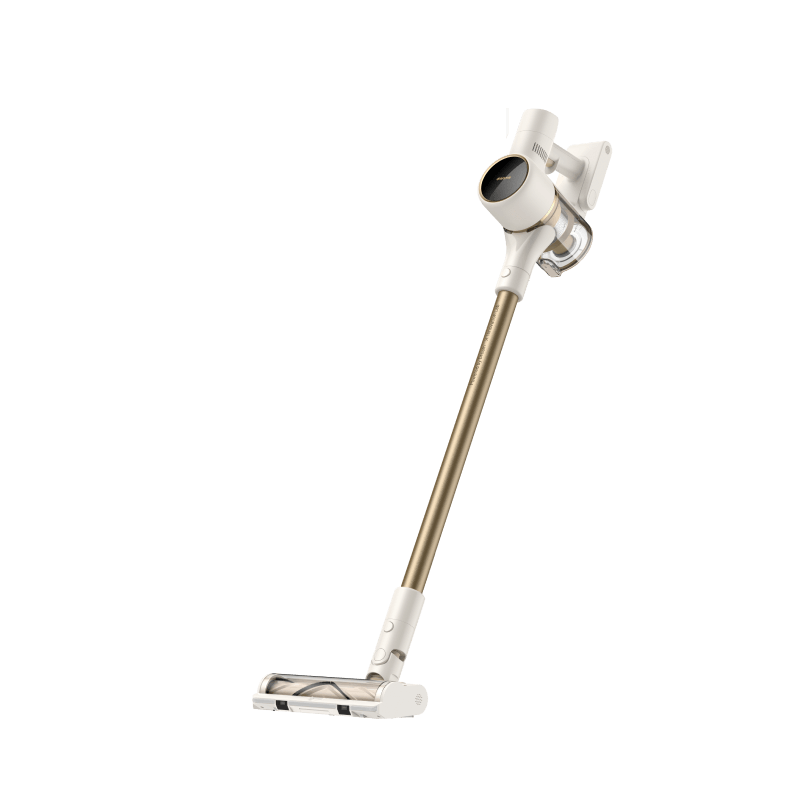
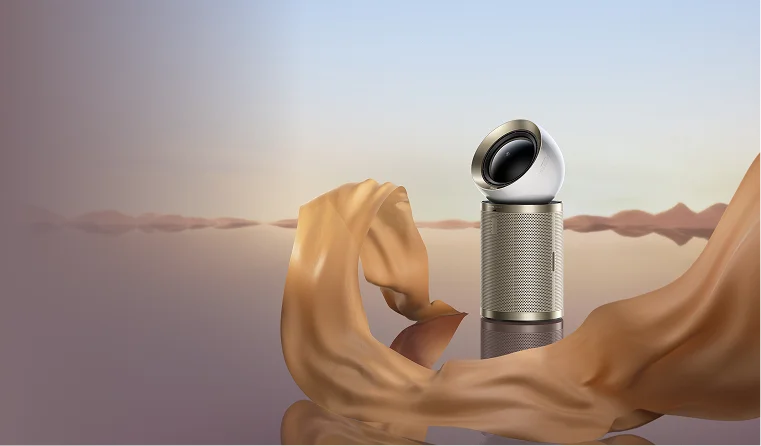
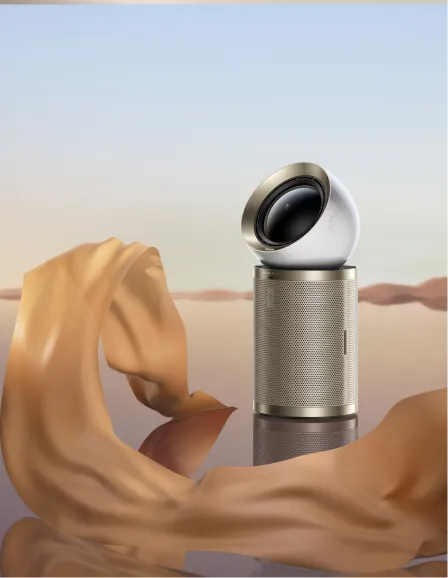

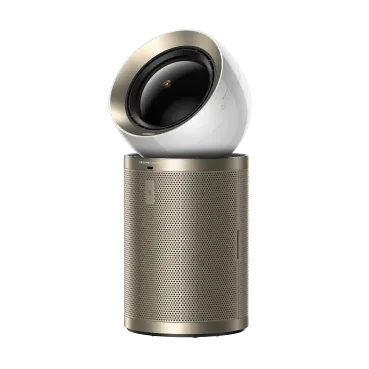

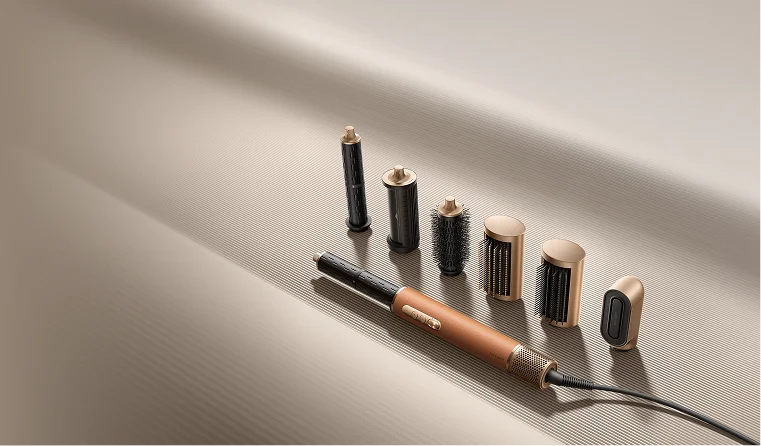
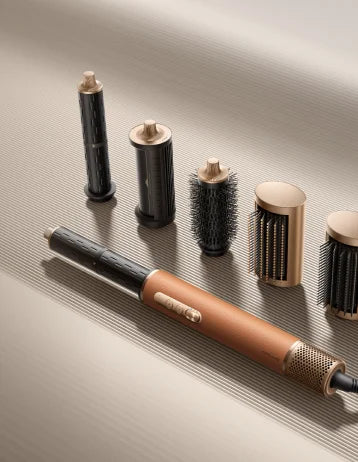
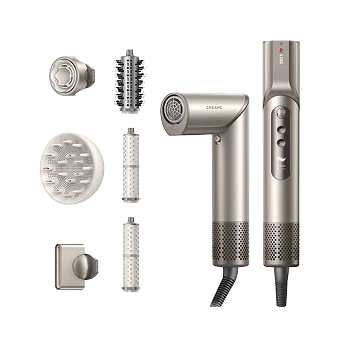


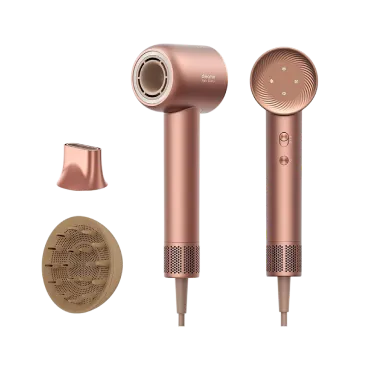
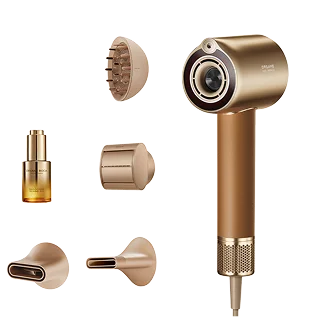
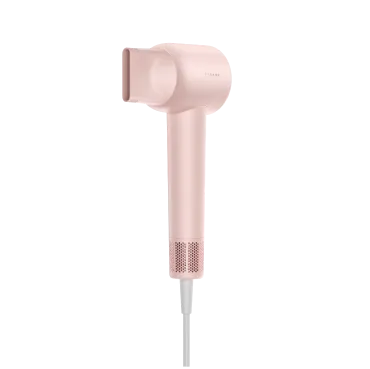


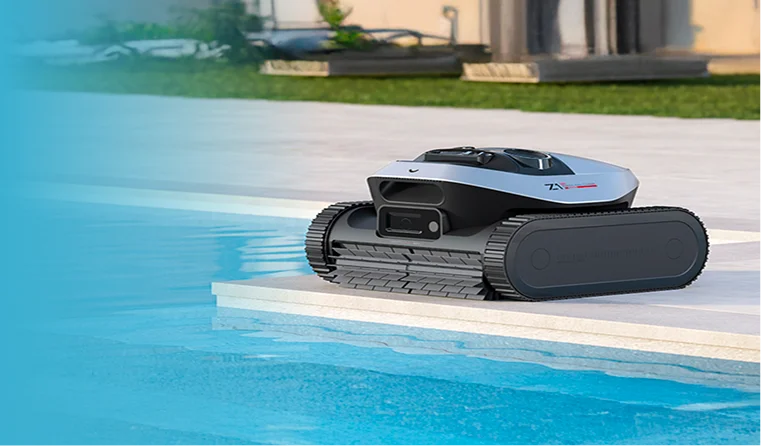
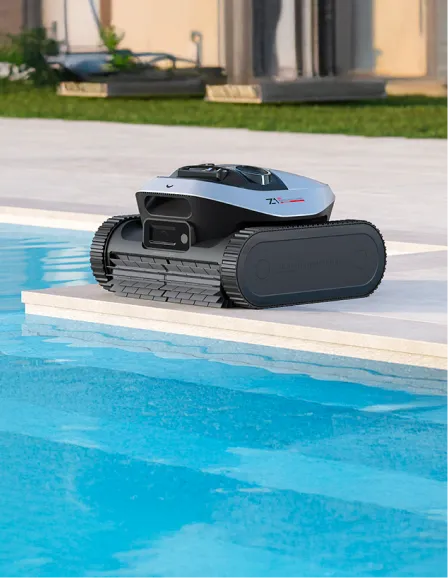
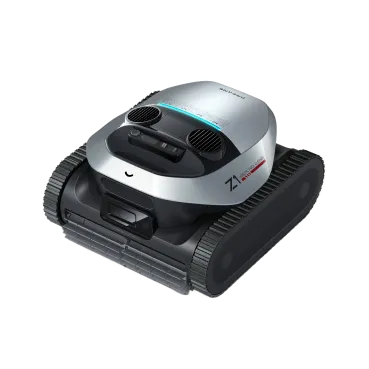
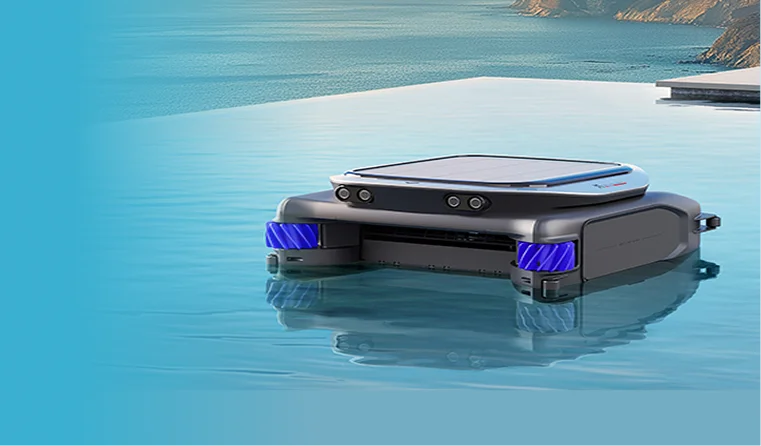
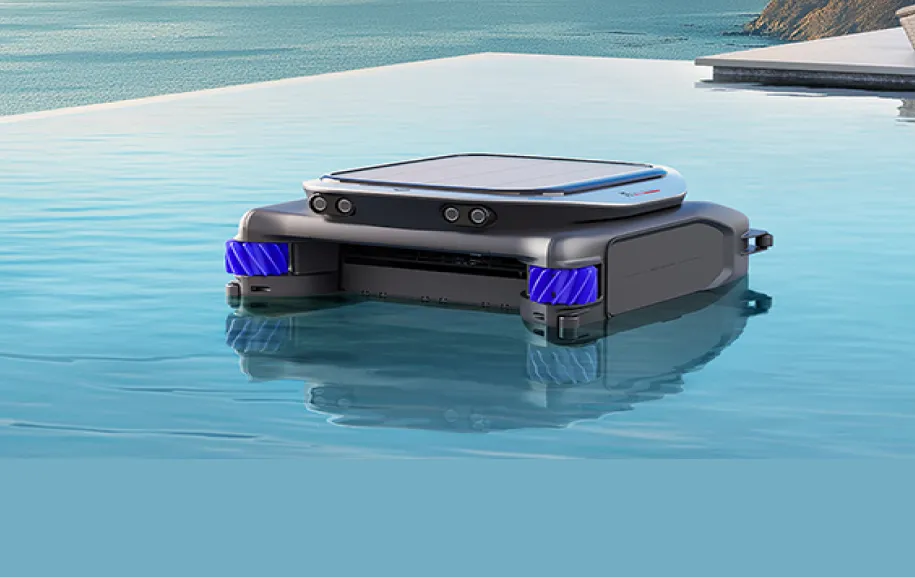










 Australia
Australia 中国大陆
中国大陆 日本
日本


 Türkiye
Türkiye


 Italia
Italia
 Netherlands
Netherlands Belgium
Belgium
 Greece
Greece Polska
Polska
 Norway
Norway
 Sweden
Sweden
 Finland
Finland
 Denmark
Denmark
 Hungary
Hungary Czechia
Czechia
 Slovenia
Slovenia
 Croatia
Croatia
 Switzerland
Switzerland United Kingdom
United Kingdom
 Canada
Canada







